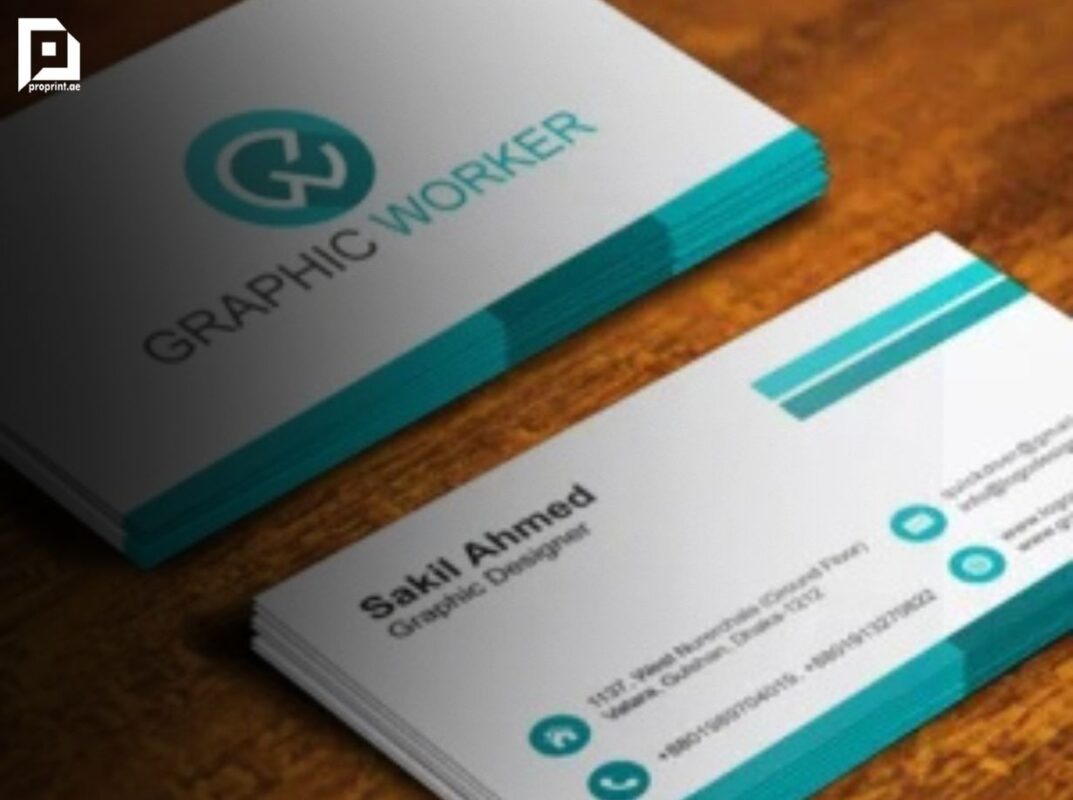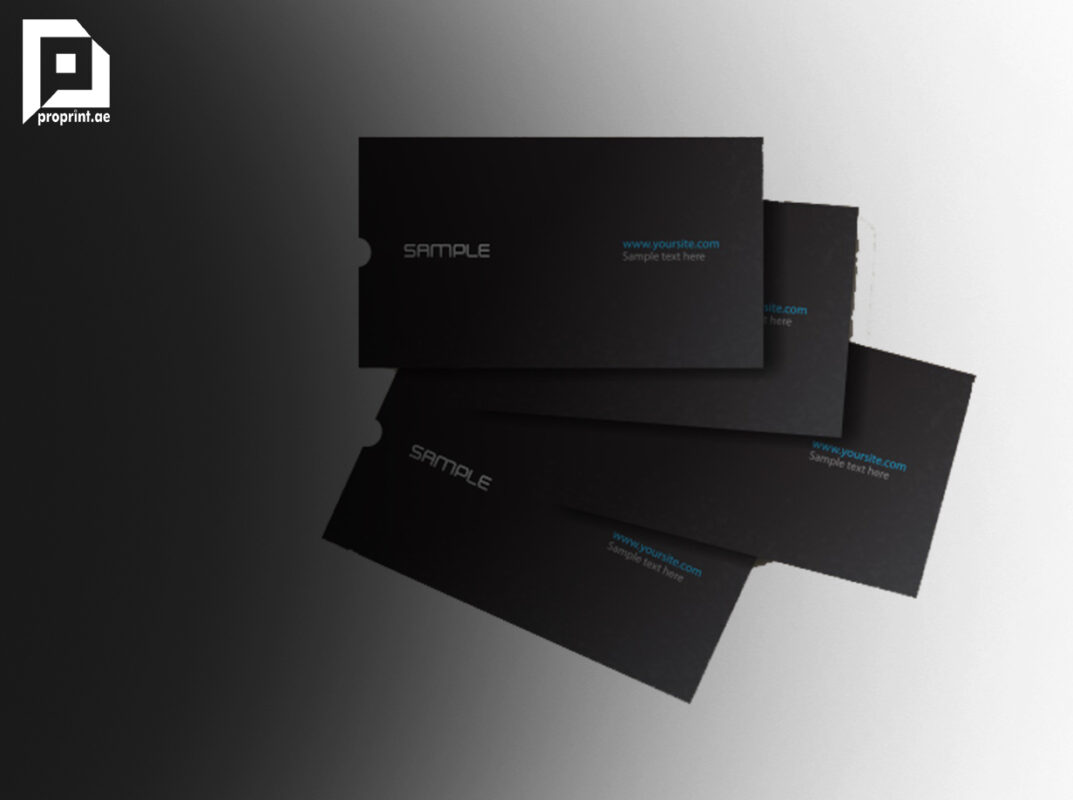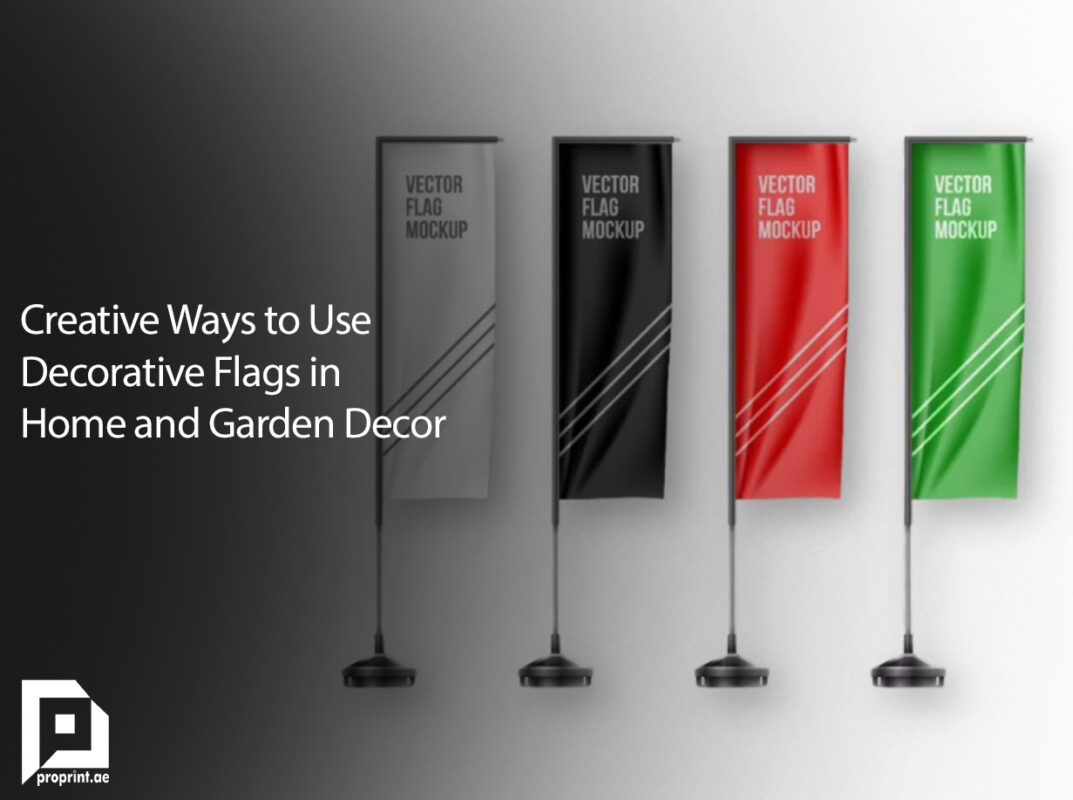3D Printing in the Printing Industry: Applications and Future Prospects
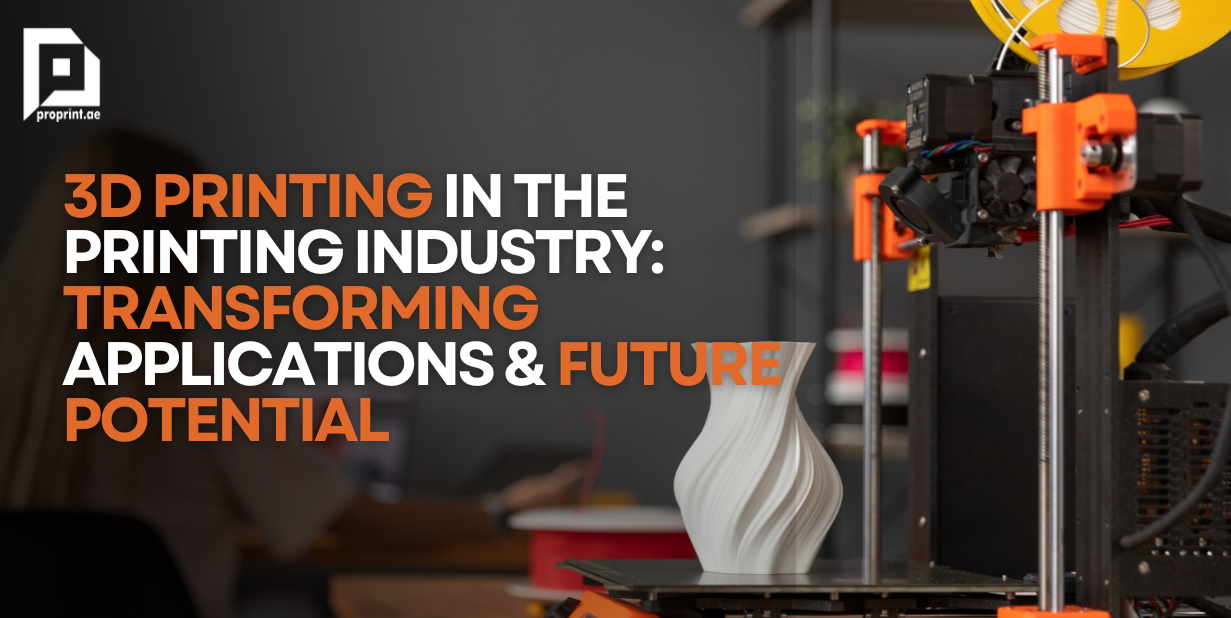
The printing industry, a cornerstone of communication and information dissemination for centuries, is undergoing a revolution with the rise of 3D printing. This innovative technology, also known as additive manufacturing, is fundamentally changing the way we approach physical creation. While traditional printing remains vital for mass production and high-quality graphics, 3D printing offers a unique and complementary set of capabilities.
At Proprint, we’re constantly exploring new technologies and staying ahead of the curve. In this blog, we’ll delve into the exciting world of 3D printing in the context of the printing industry, exploring its current applications and future prospects.
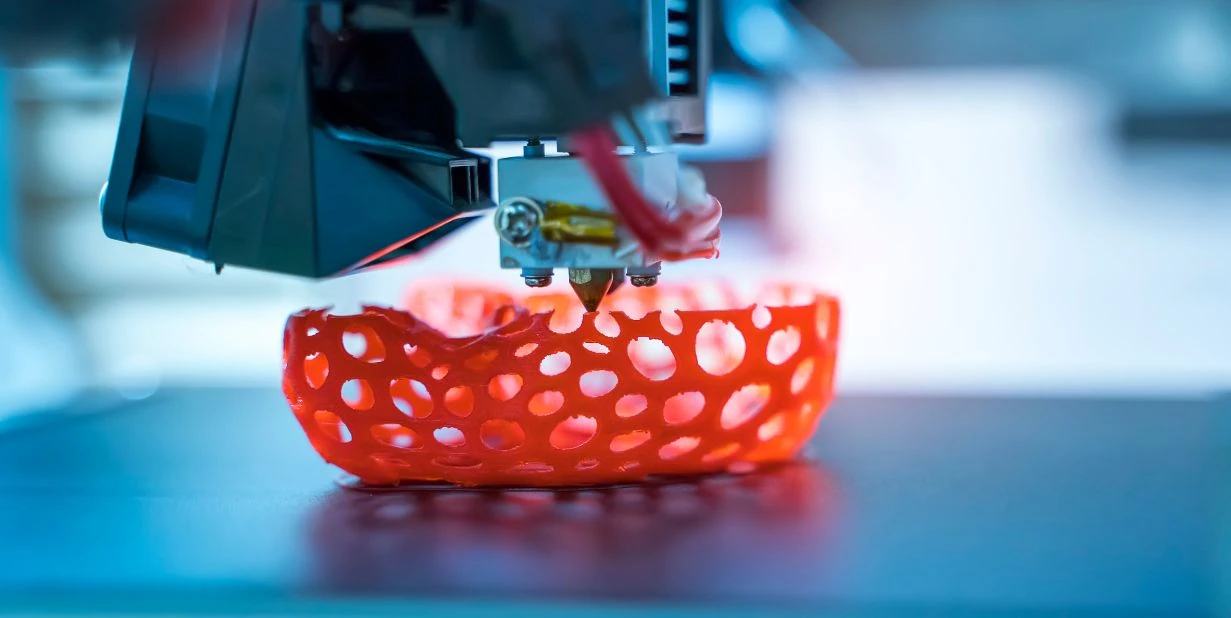
From Flat to Form: 3D Printing Applications in the Printing Industry
- Prototyping: 3D printing shines in creating rapid prototypes. Gone are the days of expensive, time-consuming traditional methods. With 3D printing, we can quickly produce functional prototypes for testing and design iteration, accelerating product development cycles.
- Customization: Imagine printing customized packaging or promotional materials tailored to specific clients or campaigns. 3D printing enables this level of personalization, adding a unique touch and enhancing brand engagement.
- Low-Volume Production: For short production runs or niche products, 3D printing offers a cost-effective alternative to traditional methods. It eliminates the need for complex tooling, making it ideal for creating custom components or limited-edition items.
- Spare Parts and On-Demand Manufacturing: Imagine the ability to print replacement parts on-demand, minimizing downtime and streamlining operations. This is particularly beneficial for industries that rely on specialized equipment with potentially long lead times for spare parts.
Beyond the Prototype: Potential of 3D Printing in the Printing Industry
As 3D printing technology matures, its impact on the printing industry is expected to grow:
- Integration with Traditional Printing: Imagine a future where traditional printing seamlessly integrates with 3D printing. We could envision printed booklets with embedded 3D models or brochures that come alive with interactive 3D elements.
- Hybrid Printing Techniques: Combining 3D printing with traditional printing techniques opens up exciting possibilities. We could print a high-quality brochure with a 3D-printed logo or integrate functional 3D components into marketing materials.
- Mass Customization: While not yet mainstream, advancements in 3D printing speed and material science could pave the way for mass customization. Imagine personalized products with printed elements and 3D-printed components tailored to individual preferences.
A Collaborative Future: Printing Companies and 3D Printing
At Proprint, we believe 3D printing presents a collaborative opportunity, not a replacement for traditional printing. We see ourselves playing a vital role in this evolving landscape by:
- Offering 3D Printing Services: We’re committed to staying at the forefront and may soon offer 3D printing services in addition to our traditional printing expertise.
- Providing Consultation and Expertise: Our extensive knowledge of printing processes can be valuable in advising clients on the best approach for their needs, whether it’s traditional printing, 3D printing, or a combination of both.
- Facilitating Hybrid Printing Solutions: We can explore the potential of integrating 3D printing with existing workflows to create unique and impactful printed materials.
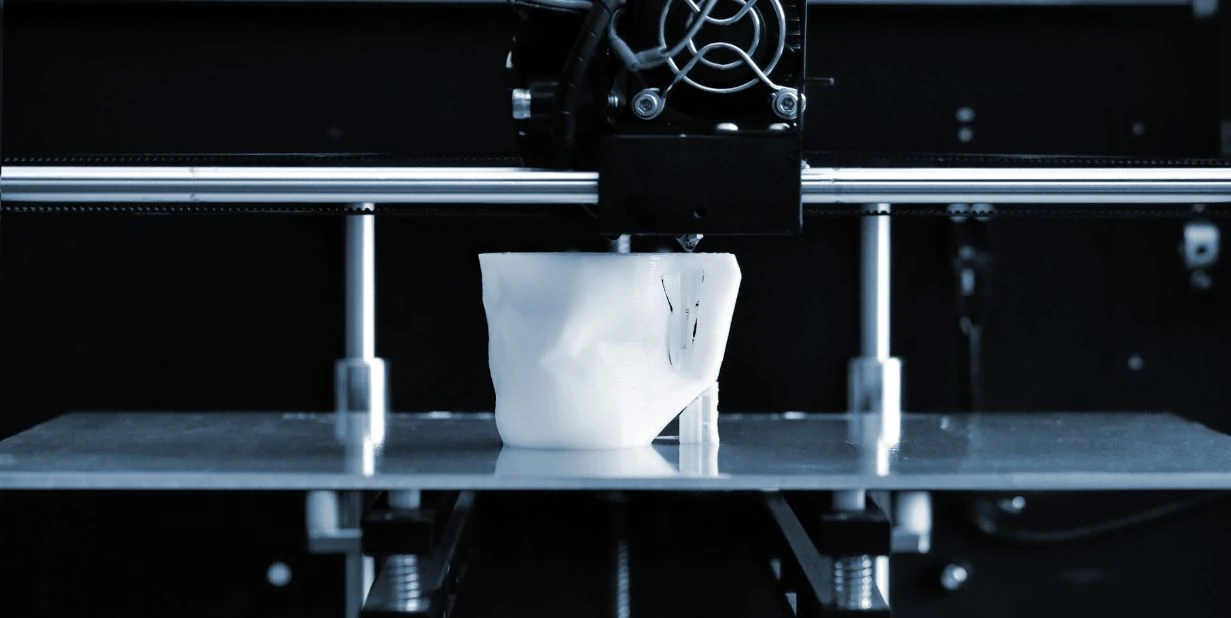
Embracing the Future of Printing
The future of the printing industry is undoubtedly bright. As 3D printing technology continues to evolve and becomes more accessible, we can expect a dynamic interplay between traditional and additive manufacturing techniques. Here at Proprint, we’re excited to be part of this transformation, leveraging our expertise to offer comprehensive printing solutions that cater to the ever-evolving needs of our clients. With this in mind, let’s explore the ways in which our commitment to innovation positions us at the forefront of the evolving printing landscape.


